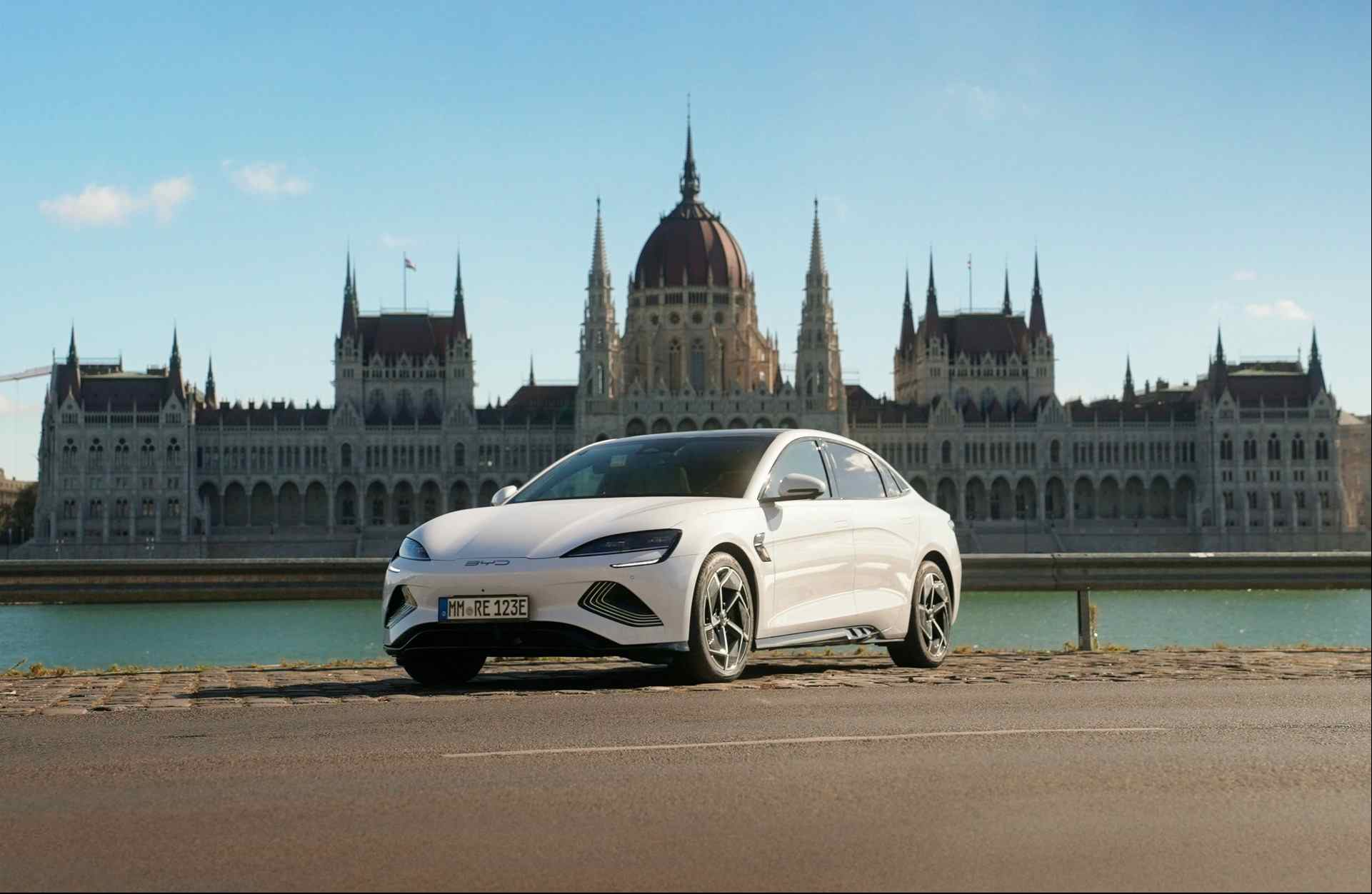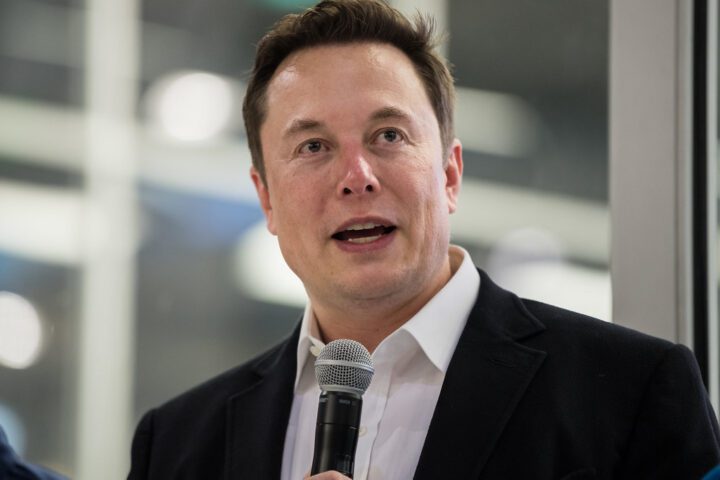Workers in Szeged, Hungary, found early medieval Avar-period pottery and cemetery remains while preparing the ground for BYD’s new electric vehicle factory. The Chinese automaker plans to build cars on land with archaeological significance, marking its first European production site.
BYD will make electric cars in Hungary starting in early 2026. The company plans to produce tens of thousands of vehicles in the first year, reaching 300,000 cars annually by 2030. The €4 billion project will create between 4,000 and 10,000 jobs in the Szeged area.
“Mass production will begin in early 2026,” according to Hungary Today, after rumors about delays were circulated. The company has signed a preliminary sales and purchase agreement for the production facility.
🚗💨 EV vs ICE CO₂ Savings Calculator
Drag the slider to pick how many EVs BYD’s Szeged plant might build per year—and see the annual CO₂ savings! (Each EV saves ~6 t CO₂ over its life vs an ICE car.)
Local Production Cuts Prices
BYD’s cars will cost less when made in Europe. The Dolphin Surf electric hatchback starts at €22,990 with promotional discounts bringing it temporarily under €20,000, while Tesla’s Model 3 costs about €43,000 in most European countries.
Making cars in Hungary lets BYD avoid the EU’s 17% countervailing duty plus 10% standard duty on Chinese electric vehicles. In mid-2024, the EU added duties of up to 45% on Chinese EVs after determining they benefited from unfair subsidies.
Reuters reports that BYD’s hybrids will likely be prioritized for early Hungarian production, as hybrid vehicles face lower tariff thresholds than fully electric models.
How BYD Keeps Costs Down
BYD makes most car parts itself, unlike other automakers who buy from suppliers. The company produces its own batteries, semiconductors, and even the silicon carbide chips that control electric motors.
BYD owns stakes in lithium mines and makes battery cells in-house. A UBS analysis indicates this vertical integration approach can reduce production costs compared to European manufacturers who rely on external suppliers.
Initially, battery packs for Hungarian-made cars will come from China, with local battery production possibly added later.
Meeting EU Rules
BYD must follow strict EU regulations. Under the European Battery Regulation, specific recycled content targets are required by 2030, including 60% recycled cobalt and 45% recycled nickel and lithium.
The company hasn’t announced its European recycling strategy yet. Reports from CnEVPost indicate other Chinese battery makers like CATL are setting up recycling operations in Europe to meet these requirements.
Making batteries in Europe reduces carbon emissions by 37% compared to Chinese production, according to Transport & Environment data, mainly because European electricity is cleaner.
BYD has indicated it will pursue green-energy commitments at the Szeged site.
🤔 Test Your BYD Hungary IQ!
How well do you know BYD’s first European factory? Choose, submit, and see your score!
Training Local Workers
Hungarian Prime Minister Viktor Orbán said BYD’s plans include both the Szeged factory and an R&D center in Budapest.
The R&D center will create 2,000 jobs, according to statements from the Prime Minister’s website.
Partnerships with local educational institutions are expected to develop specialized courses for electric vehicle manufacturing skills.
Getting Cars Approved for Sale
All vehicles sold in the EU must comply with Regulation (EU) 2018/858, which requires safety testing and emissions verification. BYD will need to complete the Certificate of Conformity process through Hungary’s vehicle authority.
BYD’s imported models already meet these standards, but European-made vehicles require separate approval.
Charging Network Needs
The International Energy Agency reports that Europe’s charging network must grow about four-fold by 2030 to reach over 15 million charging points to support expected EV growth.
BYD offers fast-charging for its vehicles, with capabilities of 150kW on models like the Seal. The company’s latest technology in China includes “flash charging” with much higher rates. The company hasn’t announced European charging partnerships yet.
EV Market Growth
Electric vehicle sales continue to rise globally. The IEA reports that EV stock reached 26 million vehicles in 2023, up 40% from the previous year. Europe accounted for 20% of new EV registrations in early 2025.
Tesla has appealed its own 7.8% EU tariff in European courts, according to Reuters. Volkswagen doubled its EV sales recently but produces fewer electric cars than BYD.
Factory Finances
BYD faces financial challenges despite its expansion. Price competition in China has reduced profit margins, while global growth requires large investments.
Consumer acceptance of Chinese brands in Europe remains untested at large scale. Previous Chinese carmakers struggled to gain market share in European countries.
Archaeological Finds and Car Production
The Szeged factory construction continues alongside archaeological work. BYD is working with Hungary’s National Heritage Institute to preserve early medieval Avar-period artifacts found at the site.
By 2026, BYD plans to have sales and service locations throughout Europe. The factory will produce both electric and hybrid vehicles for the European market.
The Hungarian plant marks BYD’s entry into European manufacturing. The company already sells cars in Europe but making them locally reduces costs and builds consumer trust.



















